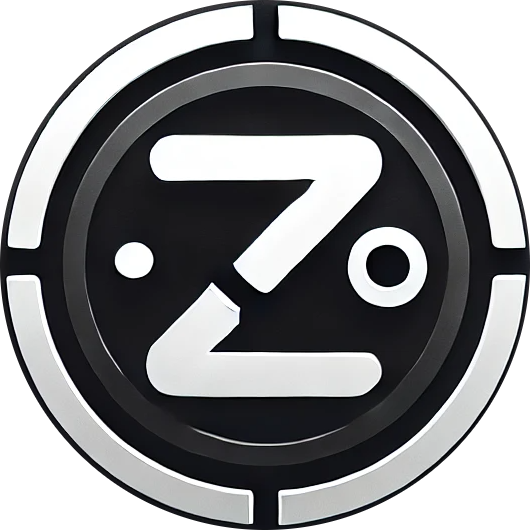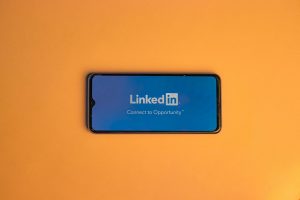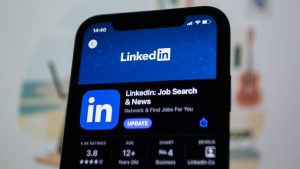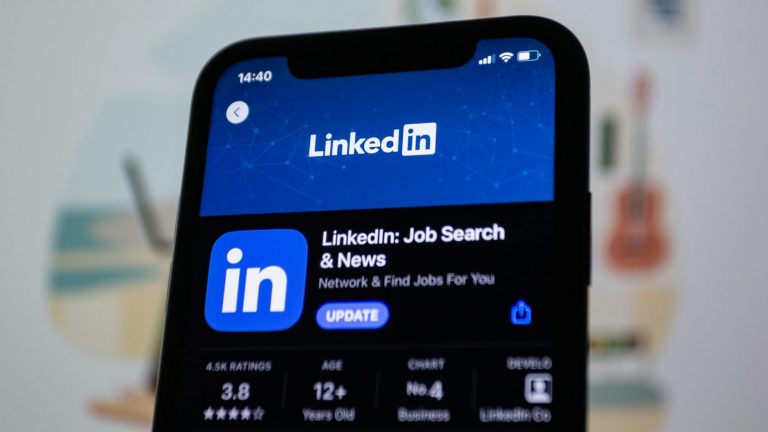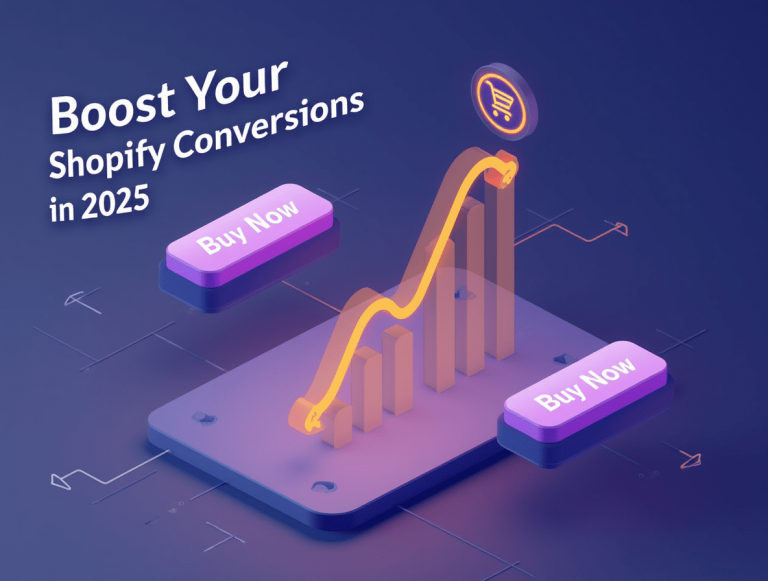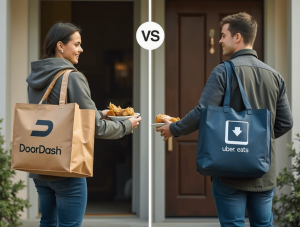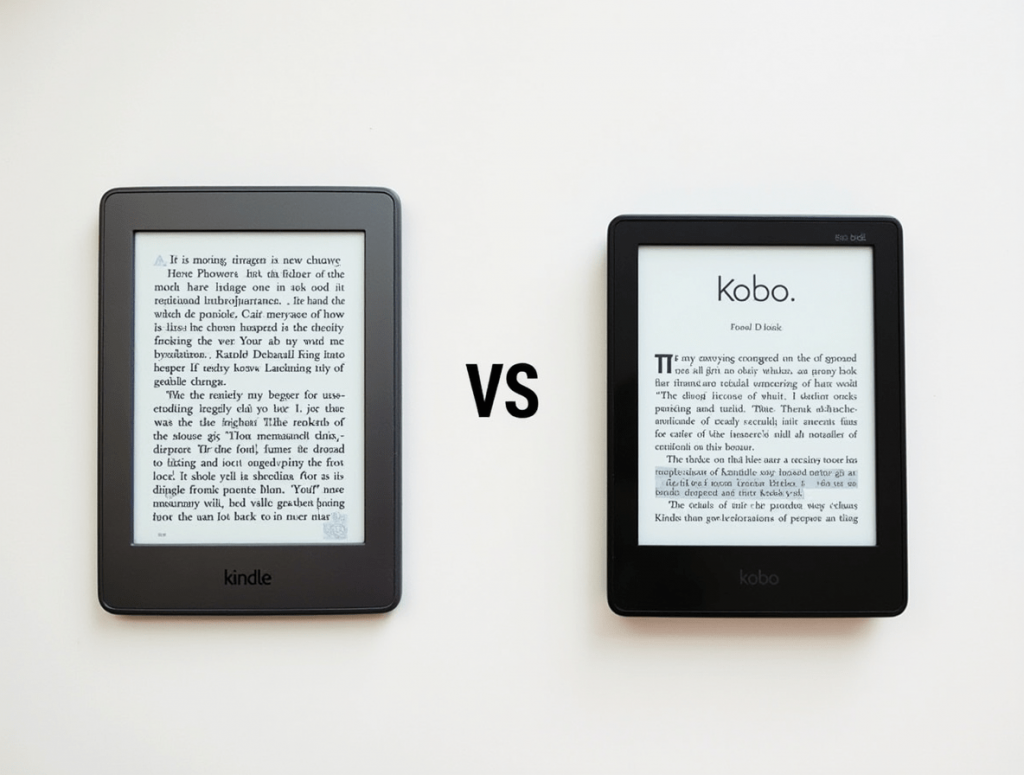
Kindle vs Kobo: The Ultimate E-Reader Comparison Guide (2025)
Did you know that readers who use e-readers finish nearly twice as many books per year as those who don’t? With millions of digital books at your fingertips, finding the right device is crucial for your reading experience. If you’re torn between Amazon’s Kindle and Rakuten’s Kobo, you’re facing one of the most common dilemmas in the e-reader market.
Both brands offer compelling features, but their differences can significantly impact your reading lifestyle. This guide breaks down exactly what you need to know to choose the perfect e-reader for your needs, preferences, and budget in 2025.
Device Lineups: Understanding Your Options
Current Kindle Models
Amazon’s Kindle lineup has evolved significantly over the years, with the current generation offering distinct options for different types of readers:
- Kindle Basic (11th Gen) – Entry-level option with 300 PPI display, 16GB storage
- Kindle Paperwhite (5th Gen) – Mid-range with waterproofing, adjustable warm light
- Kindle Paperwhite Signature Edition – Adds wireless charging and auto-adjusting light
- Kindle Oasis (10th Gen) – Premium model with ergonomic design, page turn buttons
- Kindle Scribe – Largest model with writing capabilities and stylus support
Current Kobo Models
Rakuten’s Kobo lineup offers compelling alternatives with unique features:
- Kobo Nia – Budget-friendly option with ComfortLight technology
- Kobo Clara 2E – Eco-friendly design using recycled plastics, waterproof
- Kobo Libra 2 – Mid-premium with ergonomic design and page turn buttons
- Kobo Sage – Advanced model with stylus support and Dropbox integration
- Kobo Elipsa 2E – Premium large-screen device with note-taking capabilities
Hardware Comparison: The Physical Experience
Display Technology
Both companies offer excellent E Ink displays, but there are notable differences:
- Resolution: Both brands offer 300 PPI (pixels per inch) on most models, delivering print-quality text
- Screen Size: Kindle offers 6-inch to 10.2-inch options; Kobo provides 6-inch to 10.3-inch devices
- Lighting: Kobo’s ComfortLight PRO generally offers more even illumination and better blue light reduction compared to Kindle’s front-lighting system
- Color Temperature: Both offer warm lighting options on mid-range and premium models
Build Quality and Design
The physical experience differs significantly between brands:
- Water Resistance: All current Kobo models except the Nia are waterproof (IPX8), while only Kindle Paperwhite and above offer waterproofing
- Ergonomics: Kindle Oasis features an asymmetrical design with page-turn buttons; Kobo Libra and Sage offer similar ergonomic benefits
- Materials: Kobo Clara 2E and Elipsa 2E use recycled ocean-bound plastics, appealing to environmentally-conscious readers
- Storage Options: Kindle devices now start at 16GB, while Kobo models range from 8GB to 32GB
Ecosystem and Content: Where You’ll Get Your Books
Content Libraries
The available book selection is often the deciding factor for many readers:
- Amazon’s Selection: Over 6 million titles, strongest in bestsellers and English-language content
- Kobo Store: Over 5 million titles, with better international and non-English selections
- Exclusive Content: Kindle offers Kindle Unlimited subscription service; Kobo has Kobo Plus in select regions
- Format Support: Kobo natively supports more formats (EPUB, PDF, MOBI, CBZ/CBR, HTML, RTF, TXT), while Kindle primarily uses Amazon’s proprietary formats
Library Integration
A key differentiator between the platforms:
- Kobo: Built-in OverDrive integration lets you borrow e-books directly from thousands of public libraries worldwide
- Kindle: Library loans require more steps using the Libby app and sending books to your device
- Accessibility: Kobo’s simpler library borrowing process can save significant money for avid readers
Reading Experience: The Software Side
User Interface
The reading interface substantially impacts your daily experience:
- Navigation: Kindle offers a more streamlined, minimalist approach; Kobo provides more customization options
- Typography: Kobo offers 12+ font options and more advanced typography settings; Kindle provides fewer but well-optimized fonts
- Page Turns: Both offer touch or button navigation (on premium models), with similar responsiveness
- Reading Stats: Kobo provides more detailed reading statistics and achievements to track your habits
Special Features
Beyond basic reading, both platforms offer unique capabilities:
- X-Ray (Kindle): Provides instant access to character descriptions and book references
- Reading Life (Kobo): Offers reading statistics, awards, and social sharing capabilities
- Note-taking: Both Kindle Scribe and Kobo Elipsa/Sage support handwritten annotations
- Audiobooks: Kindle devices support Audible integration; Kobo offers audiobooks in select regions
Pricing and Value: Investment Analysis
Device Cost Comparison
Current pricing as of April 2025:
| Model Type | Kindle | Price | Kobo | Price |
|---|---|---|---|---|
| Entry-level | Basic | $99.99 | Nia | $99.99 |
| Mid-range | Paperwhite | $139.99 | Clara 2E | $129.99 |
| Premium | Oasis | $249.99 | Libra 2 | $179.99 |
| Note-taking | Scribe | $339.99 | Elipsa 2E | $349.99 |
Long-term Value Considerations
Beyond the initial purchase:
- Book Pricing: Amazon typically offers more frequent discounts on bestsellers
- Subscription Value: Kindle Unlimited ($11.99/month) vs. Kobo Plus ($9.99/month in available regions)
- Device Longevity: Both brands typically support devices for 5+ years with software updates
- Battery Replacement: Neither brand offers official battery replacement programs
Making Your Decision: Who Should Buy Which Device?
Ideal Kindle Readers
Amazon’s ecosystem makes more sense if you:
- Are heavily invested in Amazon’s ecosystem (Prime member, Audible subscriber)
- Primarily read bestsellers and popular English-language titles
- Value seamless syncing with Audible audiobooks
- Prefer a more streamlined, less customizable interface
- Want access to Kindle Unlimited’s extensive library
Ideal Kobo Readers
Kobo might be the better choice if you:
- Frequently borrow books from public libraries
- Read content in multiple formats or languages
- Value deeper customization of your reading experience
- Prefer more detailed reading statistics
- Have environmental concerns about your tech purchases
The Verdict: Which E-Reader Reigns Supreme?
There’s no universal “best” e-reader—the right choice depends entirely on your reading habits, content preferences, and ecosystem alignment.
Kindle maintains advantages in ecosystem integration, especially for Amazon Prime members and Audible users. The seamless experience across devices and services makes it particularly appealing for readers deeply embedded in Amazon’s world.
Kobo excels in flexibility, format support, and library integration, making it the superior choice for readers who source their books from diverse locations or need more customization options.
For most readers in 2025, the mid-range options—Kindle Paperwhite and Kobo Clara 2E—represent the sweet spot of features and value, offering the core e-reading experience with essential premium features like waterproofing and adjustable lighting.
FAQ: Common Kindle vs Kobo Questions
Can I read Kindle books on Kobo or vice versa?
No, not directly. Amazon’s Kindle books use proprietary formats with DRM that don’t work natively on Kobo devices, and vice versa. There are complex workarounds involving DRM removal, but these may violate terms of service.
Which e-reader has better battery life?
Both Kindle and Kobo devices offer similar battery performance, typically lasting 4-6 weeks on a single charge with moderate use (30 minutes of reading daily with lighting at 40%).
Can I read PDFs on these e-readers?
Yes, both support PDF reading, but the experience is generally better on larger-screen models. Kobo typically handles PDFs more gracefully with better zoom and navigation options.
Do I need the premium models or are basic versions sufficient?
Entry-level models (Kindle Basic and Kobo Nia) offer excellent reading experiences for most users. Premium features like waterproofing, warm lighting, and physical buttons are worthwhile upgrades for heavy readers but not essential.
What about eye strain compared to reading on tablets?
Both Kindle and Kobo use E Ink technology that mimics the appearance of paper and significantly reduces eye strain compared to LCD/OLED screens on tablets and phones, making them much better for extended reading sessions.
